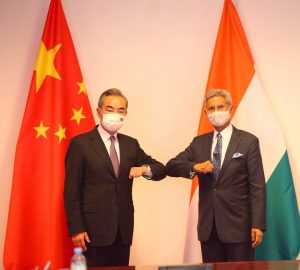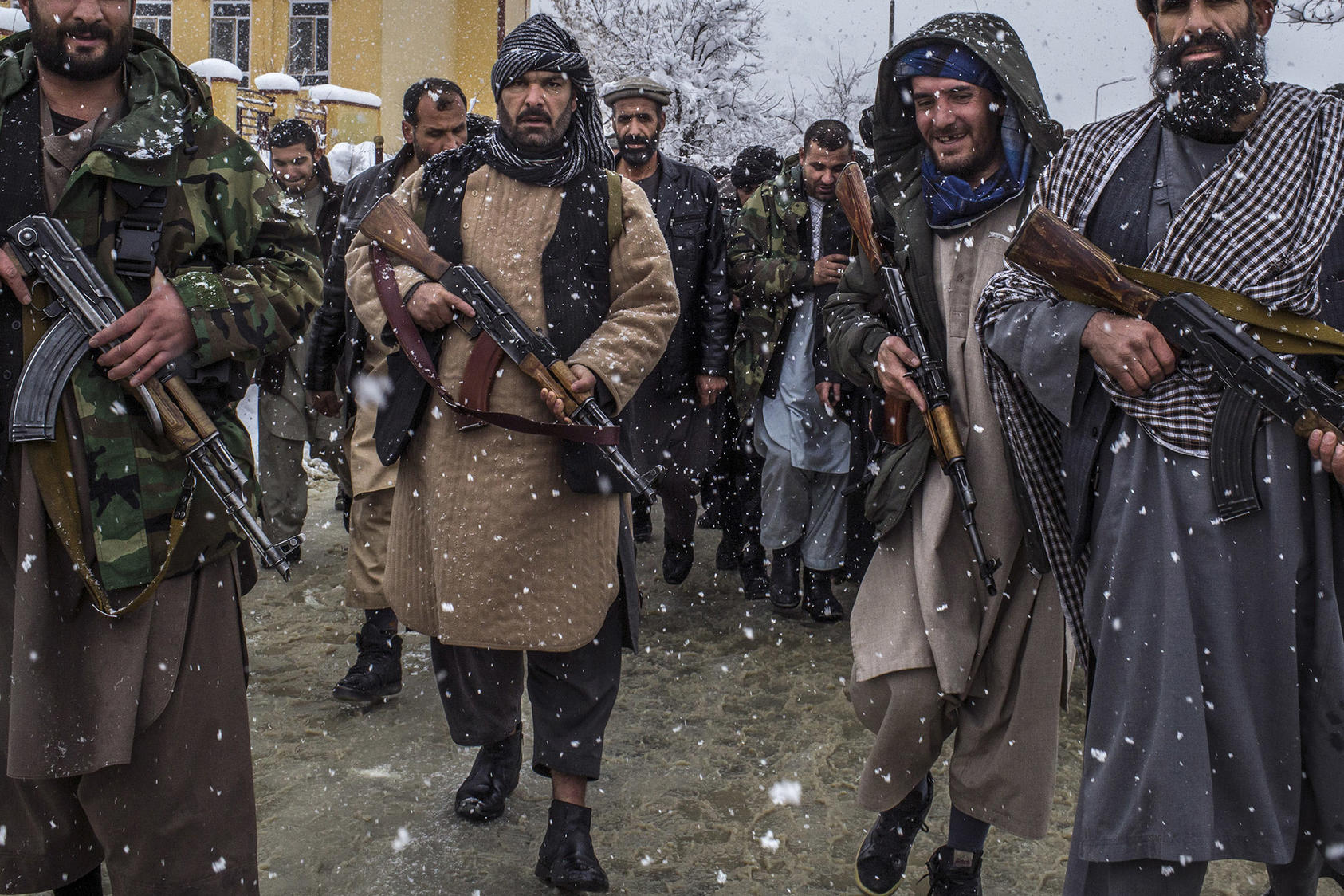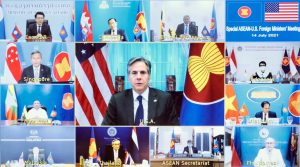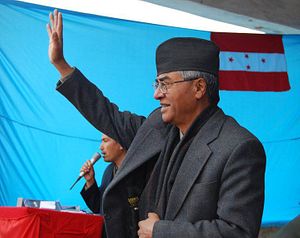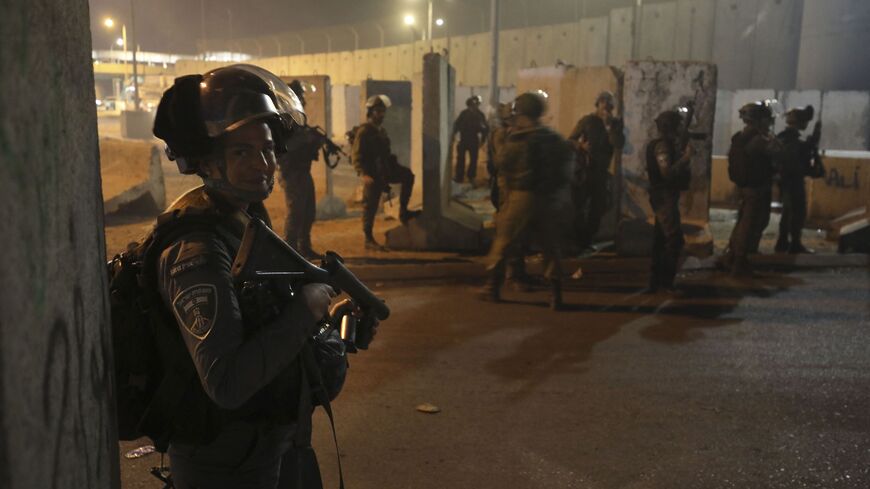Michael Hirsh
The 75-year-old relationship between the United States and post-war Europe is a bit like a traditional arranged marriage between two great families: It is ever fraught with tension, threats of estrangement, occasional outside dalliances (with China and Russia) and, once in a while, spousal abuse (former U.S. President Donald Trump). But surprises are few and divorce unthinkable.
Yet when two stalwarts of this geopolitical union, outgoing German Chancellor Angela Merkel and U.S. President Joe Biden, meet at the White House on Thursday, there will be something new and unsettling in the air: a sense the relationship is changing, perhaps permanently. Americans are increasingly frustrated at European reluctance to get on board with Washington’s strategic shift away from Moscow and toward confronting Beijing. Europeans remain skeptical about the United States’ durability as a democracy and partner, a concern Biden has only partially assuaged.
True, Biden has worked hard to heal the transatlantic wounds inflicted during the Trump presidency, saying and doing almost all the right things during last month’s trip—his first overseas—at the G-7 and NATO summits. In a stern rebuke to Trump, who questioned NATO’s utility, Biden described the alliance as a “sacred commitment,” and he resolved the long-nagging Airbus-Boeing dispute. But the Germans and other Europeans are more than a little irritated at Biden’s impatience to push them toward a new consensus, especially against China. And they know why he’s in such a hurry: The specter of Trump and Trumpism still looms across the Atlantic Ocean.


